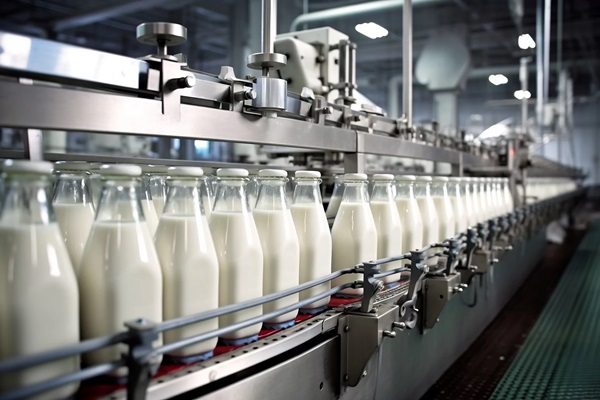With global milk production predicted to drop across the key producing regions this year, analysts have called for increased local production.
According to Rabobank, an international financial organisation supporting farmers worldwide, milk supply is expected to grow modestly by 0.25per cent later this year.
The United Kingdom-based Agriculture and Horticulture Development Board(AHDB)reported that Global milk deliveries averaged 813 million litres per day in February, a decline of 5.5 million litres per day (-0.7per cent) across the selected regions, compared to the same period last year. Australia and New Zealand recorded year- on- year volume increases, the EU was stable, and Argentina, UK and the United States declined.
Speaking with The Nation, the Chief Executive, Agricultural and Rural Management Training Institute(ARMTI), Dr Olufemi Oladunni, said there was a need to boost local production to meet 60 per cent of domestic milk required to reduce the high dependence on imported milk.
According to him, efforts have to be channelled to restore the productivity of dairy cows, adding that the output has been very low ,attributing this to the nomadic movement of the cattle.
He advocated an integrated approach that includes upstream, midstream, and downstream looking into dairy cattle production, consisting of animal breeding, livestock management, milk processing, and related industries such as animal feed and nutrition.
This, according to him, would help to lessen the country’s dependence on imported milk while providing local communities with jobs and entrepreneurial opportunities as satellite farmers and dairy industry entrepreneurs.
He urged the private sector to collaborate with the government to improve the quality of feed and build a feed ecosystem that can support dairy farming.
But, the former Dean Faculty of Agriculture, University of Ilorin,Prof Abiodun Adeloye noted that Nigeria does not export milk. His words: “Rabobank is picking on countries that export milk and its products. Nigeria imports.
However an improvement in whatever little measure will enhance the profit of the exporting countries. Nigeria may have an increase in importation for its citizens but the cost of milk and milk products may increase as well.”
The concern of stakeholders is that milk imports are quite substantial,and that efforts be made to restore the productivity of dairy cows, to 24–30 liters per head per day.
They called for incentives to improve the ecosystem for obtaining milk as a raw material for the processing industry,including increasing the population of dairy cows, providing tax incentives, and offering feed subsidies for farmers to improve production conditions.
Rabobank senior agricultural analyst Emma Higgins said low profitability over the past 12 months has led to a decrease in dairy herds in key regions like the United States and South America, while weather-related issues have also affected milk output in recent weeks, with diminished rains in New Zealand and excess rains in Europe.
“This subdued global milk supply growth should help underpin a continuation of the dairy market recovery and an improvement in milk prices for dairy producers in most regions around the world,” Higgins said.

